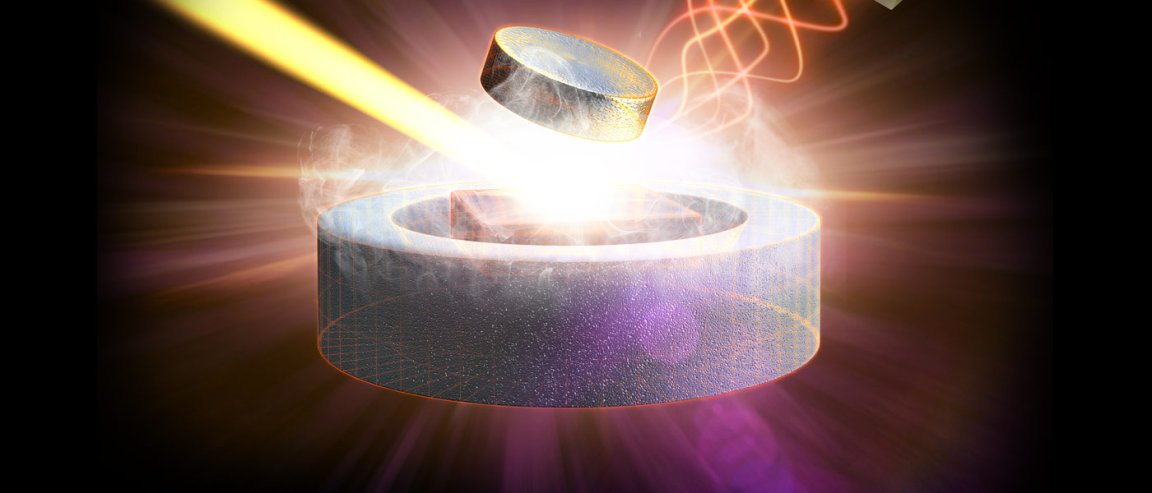
A New Quantum Simulator
Researchers have devised a way to capture what really goes on between quantum particles, the results of which could potentially be translated into electron behavior and could lead to pinpointing the ideal conditions for superconductivity to occur at room temperature.
The researchers used atoms suspended in a gas as “stand-ins” for electrons in superconducting solids. The reason this “quantum simulator” remains viable despite the substitution is because the quantum principles at play are applicable to both electrons and atoms.
By cooling a gas of potassium atoms down to almost absolute zero (just nanokelvins above it) and suspending the gas in an optical lattice made of crisscrossing lasers, the researchers were able to capture the spatial correlations of atoms using a high-resolution microscope.
As expected of quantum physics, what they found in the hundreds of images they took would require a lot more brain-wracking to understand. Some atoms were “antisocial” and kept away from each other, some grouped together with alternating magnetic orientations, and some paired up, and it seems their locations on the lattice had something to do with it.
Usable Superconductors on the Horizon?
These spatial correlations between the atoms may yield some answers to the long-standing questions on the origins of superconductivity, as well as other quantum phenomena.
Superconductivity is the ability of a material to transmit electricity with little to no resistance. Unlike conventional wiring, superconductive materials do not heat up and can transmit electricity without losing any of the energy running through them. The downside, however, is that in order for them to work, superconductive materials require cryogenic temperatures in which there is less heat and energy, which cause electrons to move in different directions and experience resistance.
This means that while superconductivity has great potential, we can’t use it for everyday activities unless we evolve to thrive in freezing temperatures.

For years, physicists have been looking for a way to make superconductivity possible at room temperature. Succeeding in this feat would optimize electricity transmission, a development that would set off a domino effect that would change machinery, gadgets, and technology as a whole.
This task has proven to be severely difficult since quantum physics can be very unpredictable (and even absolutely illogical) at times. But this new observation method may just be the breakthrough we need.
“Learning from this atomic model, we can understand what’s really going on in these superconductors and what one should do to make higher-temperature superconductors, approaching, hopefully, room temperature,” study co-author Martin Zwierlein told MIT News.
“For us, these effects occur at nanokelvin because we are working with dilute atomic gases. If you have a dense piece of matter, these same effects may well happen at room temperature,” he adds.